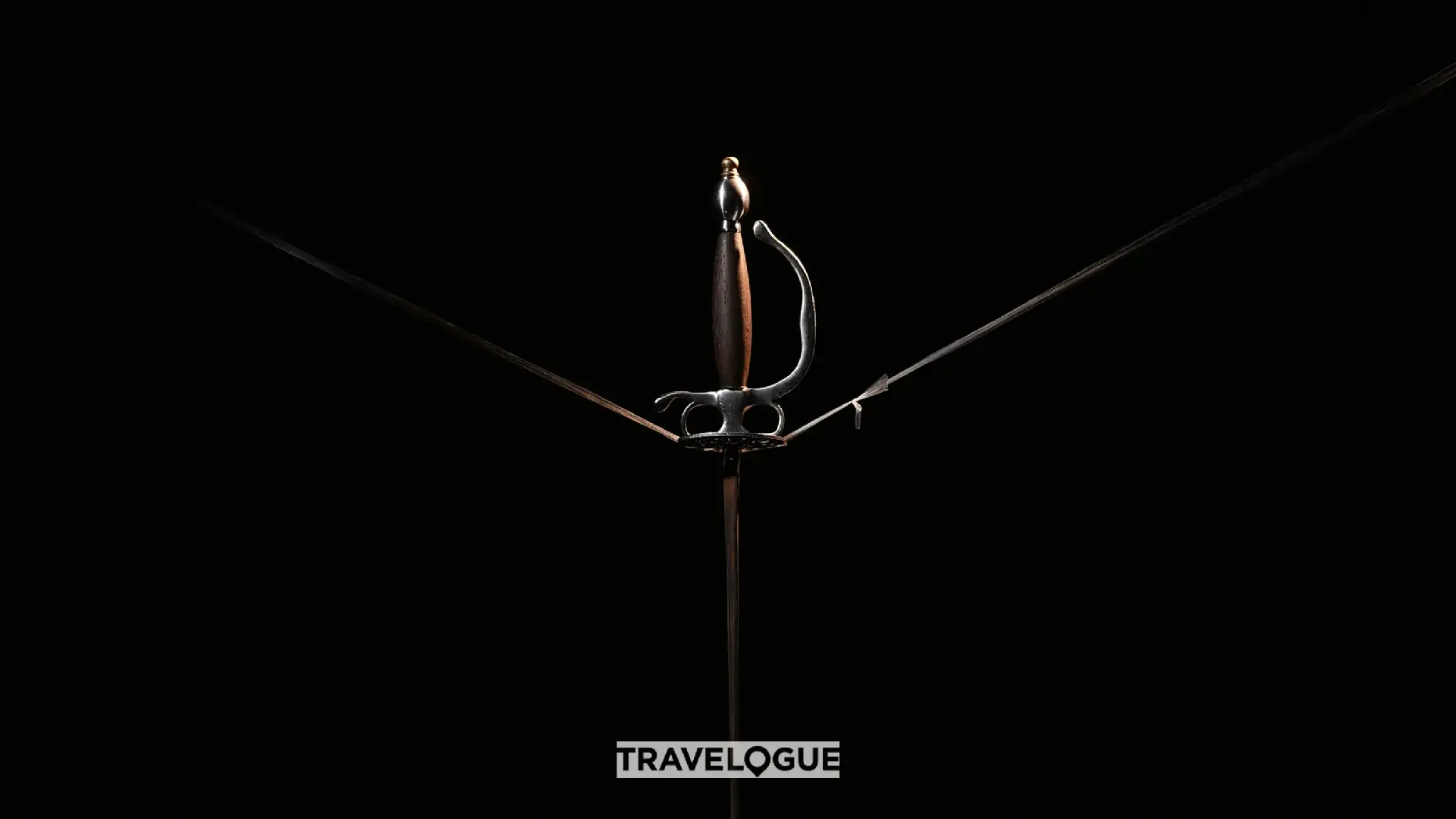Exploring HEMA Weapons: A Deep Dive into Centuries-Old Combat Treasures
Metal weapons: icons of violence or symbols with deeper significance beyond the battlefield.

The world of Historical European Martial Arts (HEMA) continues to fascinate enthusiasts and historians alike, as metal weapons—particularly swords—stand as enduring symbols of both artistry and martial prowess. The development of weaponry across Europe was shaped by the needs of different eras, from the chivalric tournaments of the Middle Ages to the practicalities of battlefield engagements in the Renaissance. Each blade tells a story not only of the culture that forged it, but also of the warriors who wielded it with skill and precision.
Among the most iconic European swords are the longsword, rapier, and sabre. The longsword, with its versatility and impressive reach, dominated late medieval combat. Fencing masters developed elaborate systems for its use, emphasizing timing, distance, and technique over brute strength. Later, the rapier emerged as a favorite for civilian dueling during the Renaissance, prized for its speed and thrusting ability. Meanwhile, the curved sabre proved effective both on foot and horseback, especially in the hands of cavalry units.
Weapon design was always closely intertwined with advances in armor and changes in the nature of warfare. As plate armor improved, swords were adapted to find gaps in defenses, with some featuring reinforced tips or specialized blade shapes. At the same time, new forms of hand protection and lighter, faster blades allowed for more agile footwork and complex techniques in fencing schools that flourished across Europe.
Today, HEMA practitioners—armed with replicas of these historic weapons—are reviving techniques from centuries-old manuals, demonstrating that these combat treasures remain as relevant as ever. Through research, reenactment, and competition, they continue to explore the unique strengths of each weapon. The lessons learned in the study of historical arms remind us that innovation in warfare has always been driven by a deep understanding of both tradition and technical ingenuity.




